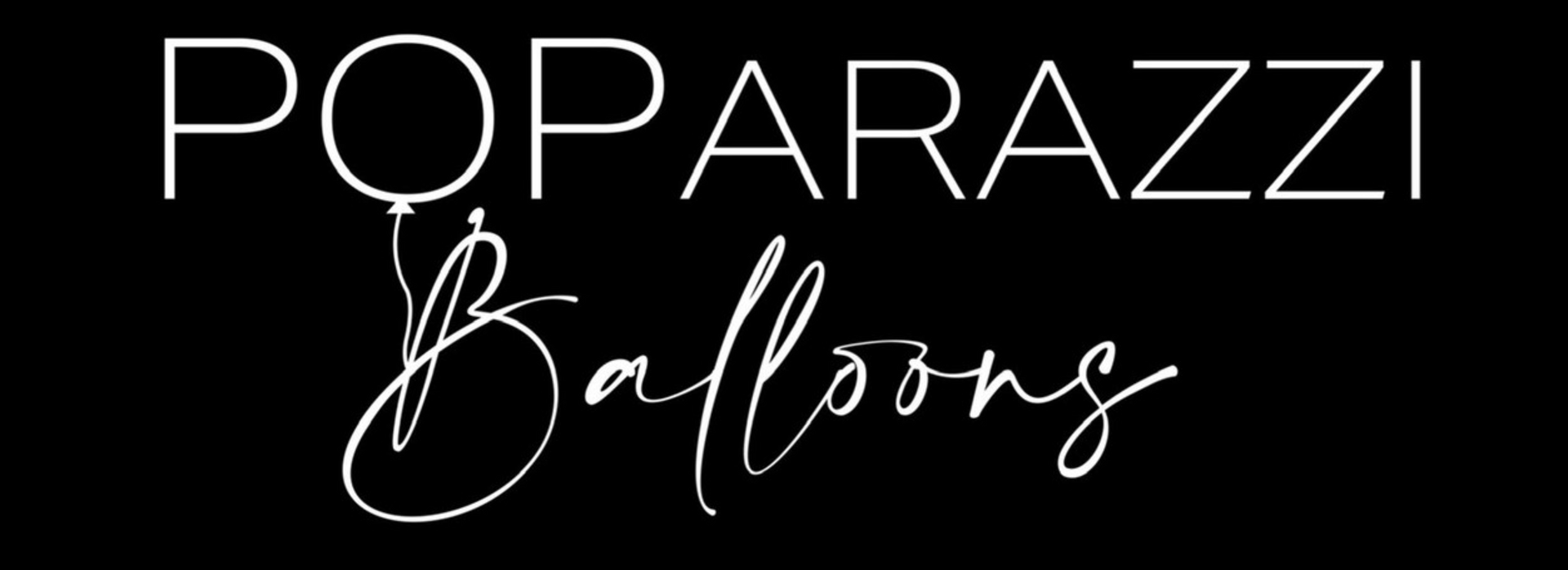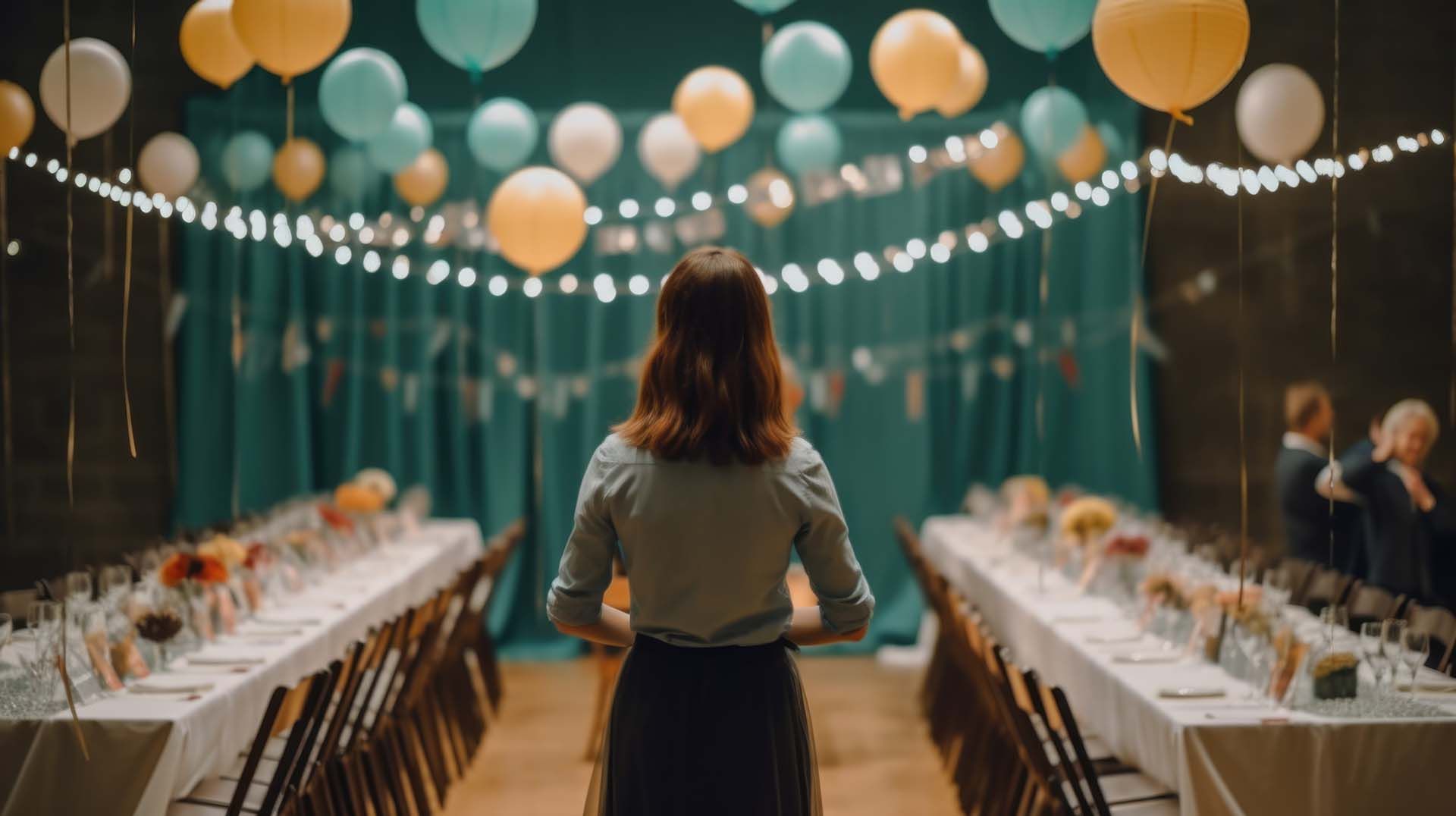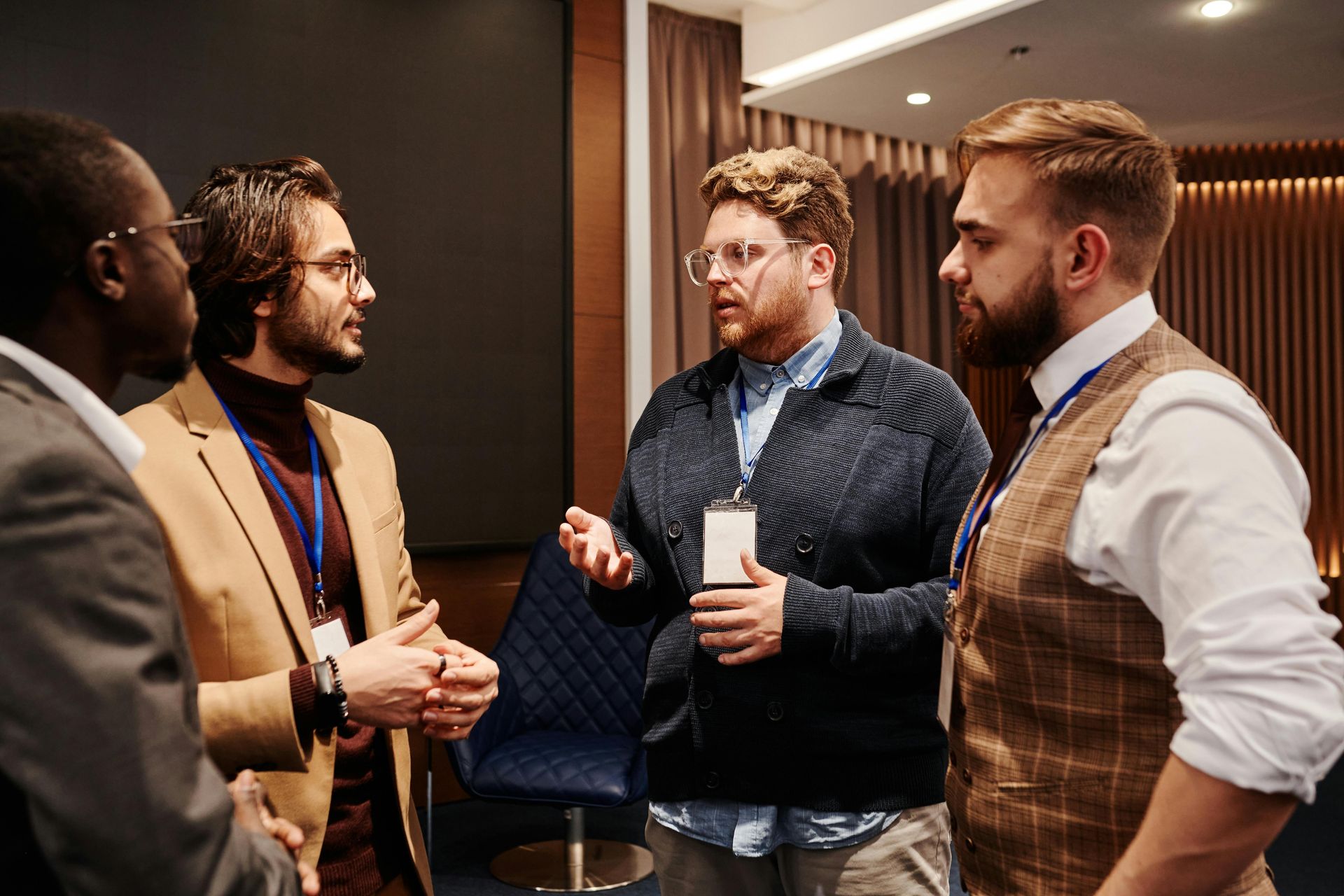Revitalize Your Event Planning Process With These Creativity Boosters
Welcome to the Blank-Page Blues
It’s 11 p.m. Your spreadsheet has more color-coded cells than a Jackson Pollock, tomorrow’s venue walk-through just pinged a new “urgent” change request, and the splashy opening-sequence idea you had three weeks ago suddenly feels as stale as last year’s hashtag. If this scene feels familiar, you’re not alone: a 2025 study tracking workplace well-being found that 82 percent of employees now flirt with burnout on a weekly basis—and creative roles like ours top the danger list.
Event professionals, in particular, sit in the burn zone. An IBTM World report recently ranked event planning as the third-most stressful job on Earth, out-paced only by frontline military service and home health care. Tight turnarounds, tight budgets, and tighter client expectations can turn even the most inspired marketer into a caffeine-powered automaton. So how do you jump-start fresh ideas when your brain feels like a confetti cannon that’s already been fired?
The Creativity Boosters—No Bullet List Required
Below you’ll find six momentum-makers served up in story form rather than a bullet buffet. Think of them as power-ups you can sprinkle into your planning cycle whenever the idea engine sputters.
1. Flip Your Format, Flip Your Brain
Routine is creativity’s kryptonite. At your next brainstorm, ban PowerPoint entirely. Instead, have each teammate arrive with one physical object that symbolizes a dream activation—an antique compass for an “uncharted experiences” theme, a disco ball for a “future nostalgia” gala, you name it. Because props engage tactile and visual processing, they spark neural pathways that mouse clicks never reach. The moment someone slams a rubber chicken on the conference table, everyone’s energy recalibrates, and suddenly “same old, same old” becomes “what if…?”
2. Take a Micro-Adventure During Lunch
You don’t need a corporate retreat to shake snow-globe thoughts loose. Grab a colleague and walk to the nearest place you’ve never set foot—maybe the lobby of that funky boutique hotel or the botanical garden’s palm house. Novelty feeds the brain’s default-mode network, the bit responsible for day-dreaming and idea mash-ups. Anecdotally, planners report that a single hour spent among neon art installations or exotic succulents yields more stage-design sketches than an entire afternoon at the desk.
3. Let the Robots Handle the Boring Stuff
According to Marketing Week’s 2025 Career & Salary Survey, more than half of marketers feel chronically overwhelmed, but those who strategically automate routine tasks log markedly lower stress scores. Draft e-mails with generative AI, auto-sort attendee data, and let image-resize scripts prep every sponsor logo. Reclaiming even 90 minutes a day can transform from “just scraping by” to “time to prototype that AR scavenger hunt.”
4. Schedule a Sensory Remix
When every campaign meeting features buzzing fluorescents, lukewarm coffee, and the same politely enthusiastic playlist, your brain files the entire experience under “background noise.” Try hosting one huddle with warm filament bulbs, forest-pine aroma diffusers, and a lo-fi jazz stream. Next week, swap in citrus scents and bold magenta lighting. Research on environmental priming shows that even mild shifts in color temperature or ambient sound can nudge ideation metrics upward, because the brain interprets the environment as new and therefore worthy of attention.
5. Borrow a Playbook From Outside Events
Still stuck? Crash a pop-up art show, watch behind-the-scenes footage of immersive theatre troupes, or deconstruct a video-game launch’s hype cycle. The Incentivist’s deep dive into planner stress concluded that cross-industry inspiration is a top antidote to creative fatigue, because it reframes problems through fresh metaphors. After witnessing how indie game developers build anticipation with mystery codes and Easter eggs, suddenly your sponsor reveal doesn’t have to be another logo slideshow—it can be a digital treasure hunt.
6. Build Recovery Into the Run-of-Show
Here’s the part no one likes to admit: inspiration without rest is a credit card with a brutal interest rate. Block “creative siestas” in the project calendar the same way you lock venue dates. A 15-minute stretch where phones stay on silent and minds can wander is often the birthplace of the “big swing” ideas—the LED-lit drone finale, the edible swag wall, the keynote cameo by a rescue puppy squad. (Yes, that last one happened, and yes, the client is still talking about it.)
Putting the Boosters Into Motion
Creativity boosters are less like life preservers and more like gym reps: gains come from consistent practice. Rotate them through your timeline—prop-based brainstorm in Week 1, micro-adventure in Week 3, sensory remix in Week 4—and treat the cadence as sacred. Over time, teammates start anticipating each spark session the way attendees anticipate the after-party, and the ideation muscle strengthens in the background.
Encourage everyone, from junior coordinators to C-suite sponsors, to pitch wild notions without immediate budget caveats. Many of today’s breakthrough experiential campaigns began as half-joking “what if we…” statements that snowballed into sponsor-funded showpieces once logistics minds took the wheel.
A Quick Reality Check
None of these tactics magically delete workload or a hyperactive inbox. But they do rewire how your brain perceives that workload. In neurological terms, novelty releases dopamine—a neurochemical both motivating and energizing—while predictable drudgery depletes it. Layering small jolts of newness throughout the project keeps dopamine taps flowing, making the inevitable spreadsheet slog feel less like quicksand and more like a quick pit-stop.
In other words: you’re not running out of creativity; you’re running out of fuel. Change the fuel, and the engine purrs again.
The Light at the End of the Follow-Up E-Mail Chain
Creative burnout thrives in silence and repetition. Break the silence by acknowledging it openly (“My brain is mush—anyone else?”) and break the repetition by sampling even one booster above. Whether it’s a lunchtime wander through the city’s best street art or a brainstorm conducted entirely with sock puppets (true story, 12-piece jazz band booked as a result), your next spark is closer than that 47-tab browser might suggest.
Remember, the goal isn’t to be a perpetual fountain of original thought; it’s to design the conditions where originality can surface naturally. Protect those conditions the way you protect your AV budget and your coffee supply, and you’ll find that the ideas—not just the deadlines—start arriving right on schedule.
So here’s to flipping formats, walking new streets, letting algorithms handle the elbow grease, and giving your five senses a standing invite to the creative party. Your attendees won’t know why the energy feels electric this time around—they’ll just feel it. And you? You’ll rediscover the reason you fell in love with bringing people together in the first place.
What to do when you’re creatively burnt out?
First, hit pause—literally. A short, screen-free break (even ten minutes of stretching or staring out a window) lowers cortisol and clears mental “cache.” Next, lighten the load by automating or delegating repetitive chores—batch-scheduling social posts, letting an AI resize images, or handing off data cleanup. Teams that swapped grunt work for automation in 2025 reported higher creativity and job satisfaction within a month.
Finally, talk it out. Psychologists note that sharing frustrations with a colleague or mentor interrupts the isolation spiral that keeps burnout alive, while connection boosts dopamine—the fuel creativity runs on.
What does creative burnout look like?
Think of it as a slow dimmer switch rather than a blown fuse. Early physical clues—persistent fatigue, headaches, insomnia—often surface before mental ones.
As it deepens, motivation tanks, ideas feel recycled, and irritability or cynicism creeps into feedback sessions. Forbes calls these “invisible leaks” that drain inventive energy long before you spot the empty gauge.
If your once-fun brainstorming now feels like trudging through wet cement, you’re probably in the burnout zone.
How can I be creative when exhausted?
Lower the bar from “masterpiece” to “mini-spark.” Quick, playful prompts—like sketching ten outrageous event themes in five minutes or combining two random objects into a décor concept—activate the brain’s default-mode network without draining reserves. Tiny novelty jolts (a walk to a new coffee shop, a playlist you’ve never heard) also reboot idea flow; even brief exposure to new sights or sounds improves pattern recognition, according to recent cognition research.
If energy is truly flat-lined, borrow a structured exercise from Adobe’s creativity list—many take under ten minutes and are proven dopamine triggers.
How do you reset yourself from a burnout?
Resetting is part pit stop, part pit crew. Schedule genuine downtime—hours or days where you’re not “just checking Slack”—so your nervous system can shift out of constant alert. Psychology Today recommends scattering small, intentional breaks throughout the day and reconnecting with trusted people to restore emotional bandwidth.
On your return, rebuild safeguards: batch tasks into focused sprints, protect weekly “think time,” and keep automation handling low-value work. Companies that paired time off with workflow tweaks (like editorial sprints and AI helpers) saw creativity rebound and turnover rates fall in Q2 2025.
Treat recovery as an ongoing cycle, not a one-time reboot, and your creative engine will stay road-ready for the next big event.



